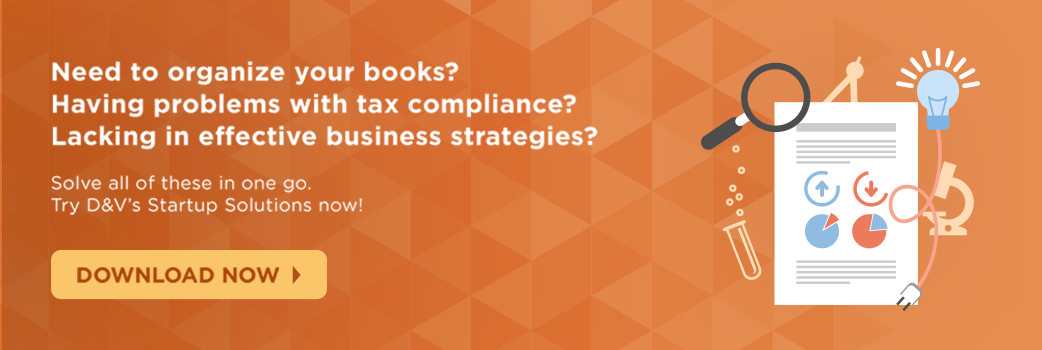5 DIY Bookkeeping Tips for American Business Owners
 According to the US Small Business Administration, 54% of all US sales are the product of 28 million small businesses in America. With these figures in-the-know, we may easily assume the level of preoccupation that American entrepreneurs have over their critical business numbers. Most outsourcing accounting services providers agree that your business practically lives and breathes through your capital. For many Americans, this is predominantly the reason why they decide against hiring accounting outsourcing professionals and instead, opt to save on some business expenses through DIY bookkeeping.
According to the US Small Business Administration, 54% of all US sales are the product of 28 million small businesses in America. With these figures in-the-know, we may easily assume the level of preoccupation that American entrepreneurs have over their critical business numbers. Most outsourcing accounting services providers agree that your business practically lives and breathes through your capital. For many Americans, this is predominantly the reason why they decide against hiring accounting outsourcing professionals and instead, opt to save on some business expenses through DIY bookkeeping.
If you are among those business owners who are doing hands-on work on basic bookkeeping functions, here are some tips and tricks that can get you through:
1. Open a bank account
Once you have decided to crunch your own numbers, the primary thing you have to consider is your bank account. Set it up immediately if you don’t have one yet. A bank account is the perfect avenue for saving - and keeping track of - your revenues. In the long run, keeping a close eye on your business finances can also be made easier if you have a separate bank account for your business. Be sure to apply for a checking account as well since some creditors require a checking account when you’re settling payment.
2. Monitor business expenses
Managing your cashflow is all part of effective bookkeeping. To make sure that you are on the right track, try documenting the use of your financial resources. You can start by keeping track of your business expenses and listing down the date and amount of cash spent on specific business expenses. In the longer run, this practice will also help you create a more accurate annual budget.
3. Determine annual tax dues
As a business owner, you are obliged to settle your tax dues on time. To help you do that, you need to understand basic taxation laws in the US. Moreover, you also need to calculate the exact amount of tax that your SME is due and settle this with the tax office. Finding a way to work this out early in the tax season will keep you from missing the deadline and making expensive tax mistakes.
4. Do the math
By this time, you may already know that an accountant functions differently from a bookkeeper. An accountant has more advanced understanding and experience in generating financial statements and interpreting what the figures mean. On the other hand, a bookkeeper is more focused on the systematic process of documenting invoice and receipts for the sole purpose of record-keeping. However, if you plan to engage in DIY bookkeeping, you must be relatively well-versed in basic accounting concepts, formulas and calculations. A clear understanding of accounting basics will also help your business avoid expense fraud.
5. Assess and re-evaluate
There is no such thing as a perfect and seamless DIY hands-on bookkeeping method. These things are often a hit-and-miss experience, so be prepared to adjust your bookkeeping practices as you seem fit. Assessing and re-evaluating the ideal method can help you go a long way where effective bookkeeping is concerned.
Bookkeeping is essential in ensuring that your company’s business finances have a strong and reliable cashflow. Rev up your bookkeeping strategies today and enjoy its perks in your business cashflow.
DIY bookkeeping is an option for most American SMEs in its initial phase because it sets company expenses at a minimum but as your business grows, you might need more professional bookkeeping and accounting assistance. To get you ahead, get in touch with our qualified advisers at D&V Philippines!




